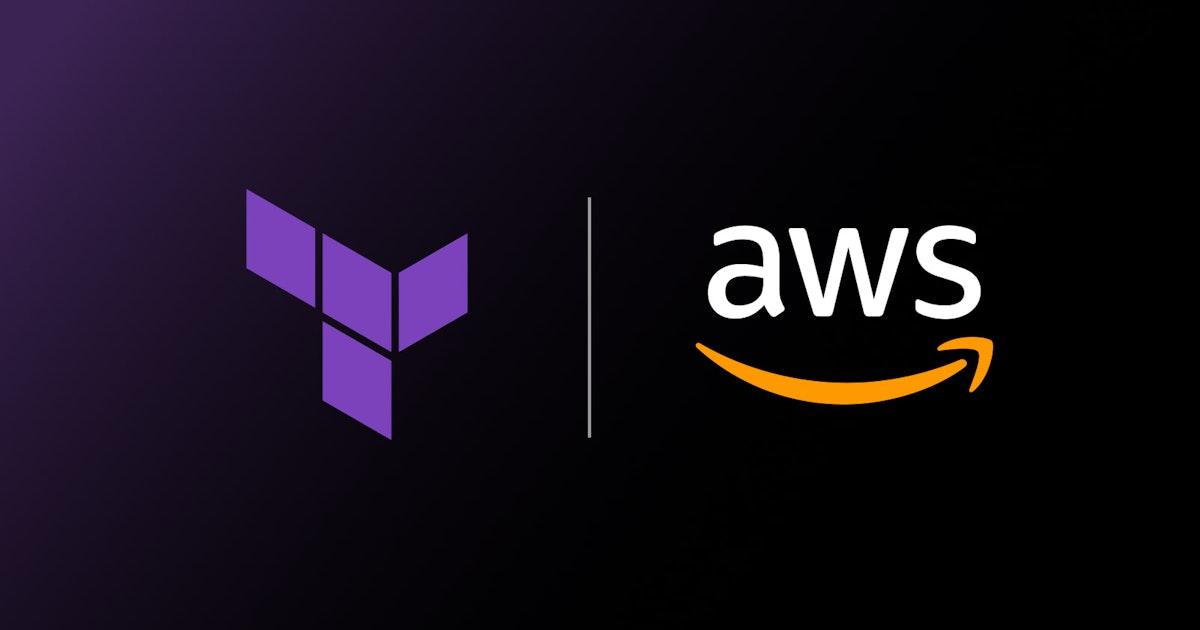The pain points of VPNs in enterprise IT Analysis Report
5W1H Analysis
Who
Major stakeholders include enterprise IT departments, IT security professionals, and organisations relying heavily on remote access for their workforce. VPN service providers also play a crucial role.
What
The focus is on the limitations of Virtual Private Networks (VPNs) in securing remote network access, specifically their challenges in modern dynamic IT environments.
When
The issues are prevalent in the current IT infrastructure landscape, but have intensified over the last few years as organisations have increasingly adopted flexible working arrangements.
Where
The impact is global, affecting organisations across various markets that depend on secure remote access to IT resources.
Why
VPNs, while effective for basic secure connections, struggle to adapt to the complexities of modern IT environments characterized by dynamic workloads, cloud adoption, and diverse endpoint devices.
How
VPNs traditionally offer encrypted tunnels for secure communication, but they fall short in addressing the intricacies of access management, especially in cloud-based environments and with diverse endpoint security considerations.
News Summary
The article underlines the limitations of VPNs in securing remote access for enterprises. Despite their ability to establish secure network connections, VPNs face pitfalls in adapting to the dynamic nature of modern IT environments. This includes challenges such as cloud integration, varied endpoint security, and advanced threat management.
6-Month Context Analysis
In the past six months, there has been an increasing shift towards Zero Trust architecture as an alternative to traditional VPNs. Enterprises are exploring solutions that provide more granular access control and better fit the needs of cloud-based and hybrid IT environments. The trend is driven by the limitations of VPNs in handling evolving cybersecurity threats.
Future Trend Analysis
Emerging Trends
The adoption of Zero Trust frameworks and cloud-native security solutions are set to increase. As VPNs become less optimal for securing complex IT landscapes, more organisations will likely look into alternatives that offer enhanced security protocols and seamless integration with cloud services.
12-Month Outlook
Organisations will continue integrating Zero Trust principles and cloud-native security solutions into their IT strategies. This may include investments in identity-based security models, multi-factor authentication (MFA), and more sophisticated threat detection and response systems.
Key Indicators to Monitor
- Growth in market share and adoption of Zero Trust solutions - Investment and development trends in enhanced endpoint security - Cloud service provider security capabilities and partnerships
Scenario Analysis
Best Case Scenario
Enterprises successfully transition to Zero Trust architectures, leading to improved security posture and reduced risk of data breaches. VPNs evolve with advanced features to support dynamic environments, maintaining relevance for basic secure needs.
Most Likely Scenario
Organisations take a hybrid approach, using VPNs alongside newer security models like Zero Trust, to balance security needs and budget constraints. This transition will include phased investments in security upgradation.
Worst Case Scenario
Failure to adapt leads to increased security breaches, particularly as VPNs prove insufficient for modern threats and working environments. Organisations reliant solely on VPNs may face escalating cyber threats and potential data loss.
Strategic Implications
Enterprises must assess their IT infrastructure and make strategic decisions on integrating advanced security models. IT leaders should consider phased adoption of Zero Trust architectures and invest in employee training to improve cybersecurity awareness.
Key Takeaways
- IT decision-makers need to evaluate the limitations of VPNs and consider additional layers of security solutions.
- Monitoring developments in Zero Trust technologies will be essential for maintaining future cybersecurity posture.
- Global organisations should aim to harmonise their IT strategies across diverse geographic locations to ensure consistent security measures.
- Investing in employee training about new security paradigms can enhance overall organisational cybersecurity.
- Balancing cost and security, organisations may employ a hybrid model combining VPNs with emerging security solutions.













Discussion